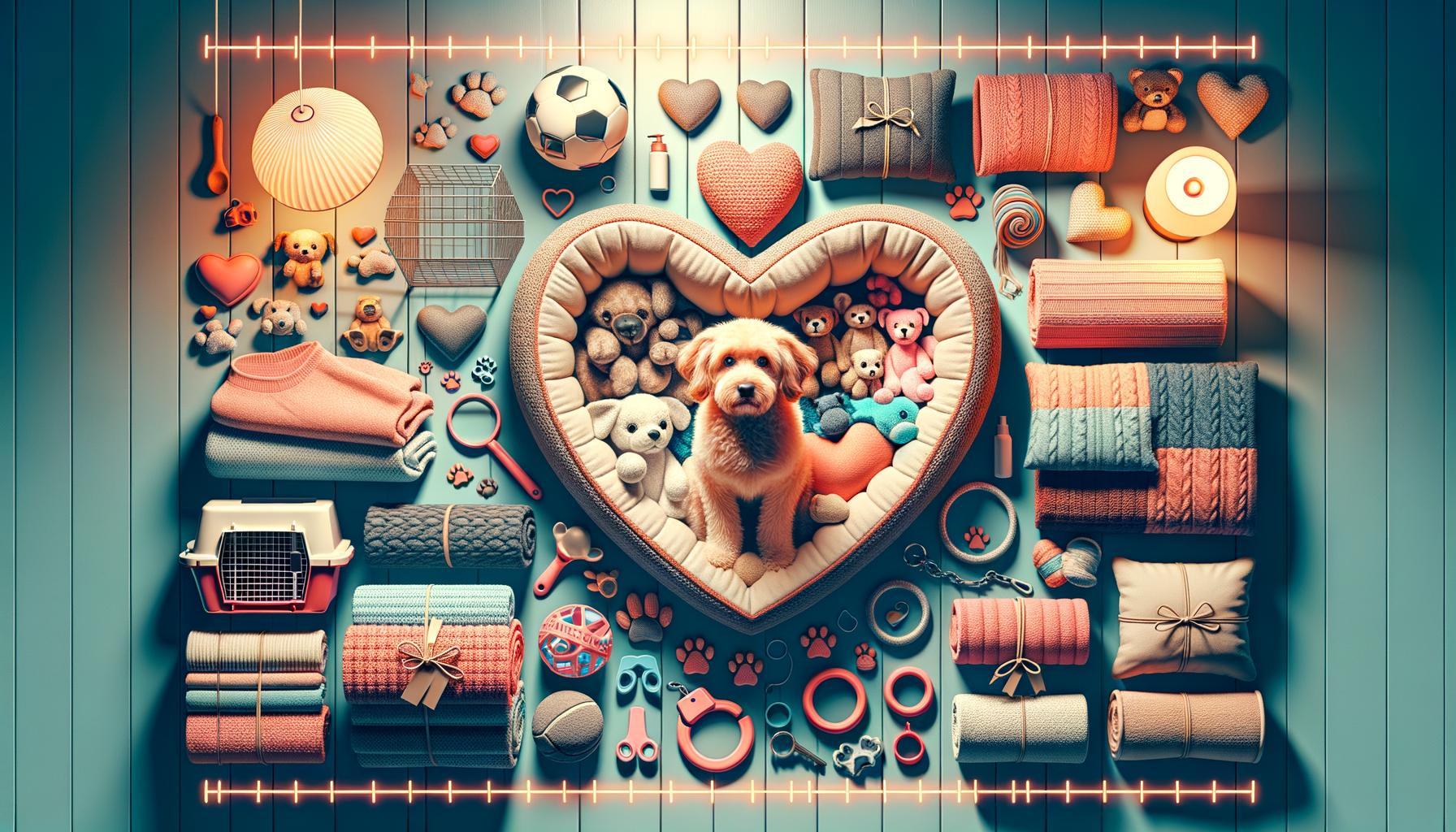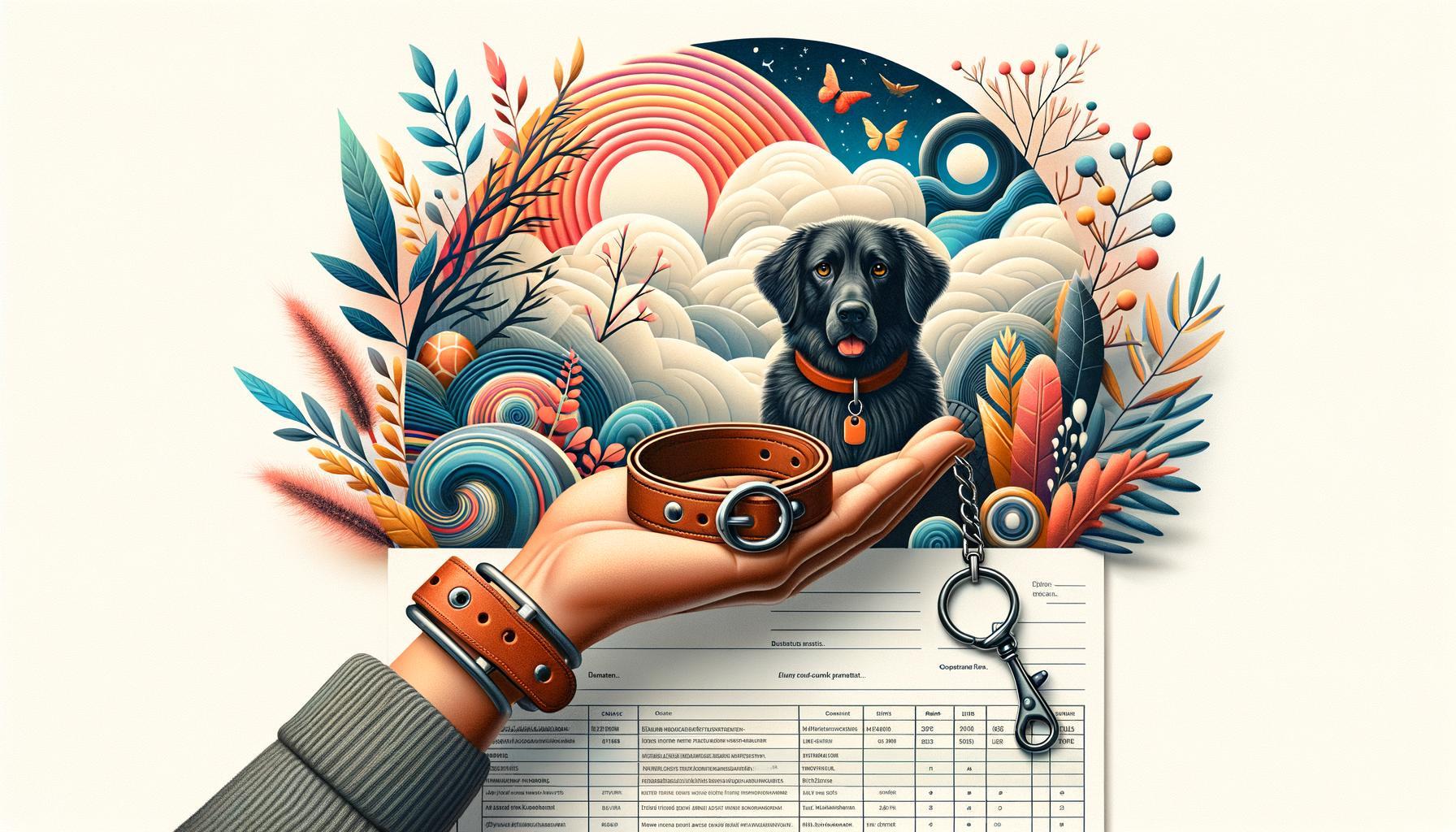In the bustling rhythm of modern life, where the cacophony of daily stress can often feel overwhelming, the quiet, unassuming presence of an animal can emerge as a beacon of solace. Imagine coming home after a grueling day, the weight of the world heavy on your shoulders, only to be greeted by a wagging tail or the gentle purr of a furry friend. For many, this scene is a cherished reality, transcending the simplistic notion of pet ownership into a profound symbiosis of support and companionship. But where does this connection find its roots, and how deep does it truly go? Enter the world of Emotional Support Animals (ESAs) – beings who, amidst the complexity of human emotions, carve out a niche far beyond that of ordinary pets. This article delves into the intricate dynamics of ESAs, exploring whether they are just adorable companions or, indeed, lifelines essential to mental and emotional well-being.
Table of Contents
- Understanding the Role of Emotional Support Animals
- Legal Rights and Protections for ESAs
- Choosing the Right ESA: Factors to Consider
- Training and Certifying Your Emotional Support Animal
- Integrating ESAs into Everyday Life
- Concluding Remarks
Understanding the Role of Emotional Support Animals
Emotional support animals (ESAs) provide therapeutic benefits to their owners through companionship. Unlike service animals, ESAs don’t need any specialized training to assist their owners. Instead, their mere presence can help alleviate symptoms of mental and emotional conditions such as anxiety, depression, and PTSD. The bond between an ESA and its owner creates a sense of purpose and routine, which are essential components for improving mental health. Their roles are not just limited to emotional comfort but extend to giving their owners a renewed sense of belonging.
One of the primary benefits of ESAs is their ability to offer unconditional love and non-judgmental support. For individuals living alone or struggling with social interactions, the consistent presence of these animals can serve as an irreplaceable comfort source. Common types of ESAs include:
- Dogs
- Cats
- Birds
- Rabbits
These animals don’t just act as pets but as essential companions in the truest sense. Moreover, under certain conditions, ESAs can receive reasonable accommodations in housing situations and air travel, ensuring that their owners can continue to benefit from their presence without disruption.
| Benefit | Description |
|---|---|
| Emotional Stability | Reduces anxiety and depression symptoms. |
| Routine Establishment | Helps maintain a daily schedule. |
| Unconditional Support | Provides consistent emotional backing. |
Legal Rights and Protections for ESAs
Emotional Support Animals (ESAs) enjoy a distinctive set of legal rights and protections which can make a significant difference in the lives of their owners. Under the *Fair Housing Act* (FHA), individuals with ESAs have the right to live with their animals, even in housing that normally has a no-pets policy. Landlords are required to provide reasonable accommodation to these tenants, thereby ensuring their emotional support needs are met. Moreover, ESAs are also protected under the *Air Carrier Access Act* (ACAA), which allows them to accompany their owners in the cabin of an airplane, exempting them from pet fees.
However, it’s crucial to differentiate ESAs from service animals, which are trained to perform specific tasks to assist people with disabilities. Unlike service animals, ESAs do not require specialized training, which means their legal protections are not as extensive. For instance, ESAs are not automatically granted access to public places like restaurants or stores. When dealing with , **important considerations include**:
- The animal’s size and type
- The impact of the animal’s presence on others
- The necessity clearly documented by a mental health professional
Below is a comparison of the major legal protections for ESAs and service animals:
| Aspect | ESAs | Service Animals |
|---|---|---|
| Housing | Protected under FHA | Protected under FHA |
| Air Travel | Protected under ACAA | Protected under ACAA |
| Public Access | Limited | Extensive |
Choosing the Right ESA: Factors to Consider
When embarking on the journey to find the perfect emotional support animal, several key considerations can guide the selection process. **Species choice** is paramount; though dogs and cats are popular, other animals like rabbits, birds, or even miniature horses can meet your needs, depending on your lifestyle and living space. Evaluating the size and care requirements is also vital. A smaller animal may be a better fit for apartment living, while a larger one might thrive in a more spacious environment. Each type of animal has distinct **behavioral traits**, which should align with the level of support and companionship you seek.
In addition to species, consider the **individual temperament** of potential ESAs. Not all animals of a species will have the same disposition, so it’s important to meet and spend time with any candidate ESA. Look for signs of a calm and affectionate nature, which are indicators of a suitable emotional support companion. Assessing **allergies and personal health conditions** is also crucial; some people might have allergic reactions to specific animals. Moreover, understanding the commitment involved in terms of **daily care and long-term responsibility** will ensure a harmonious and beneficial relationship for both owner and pet.
| Factor | Considerations |
|---|---|
| Species | Dogs, Cats, Rabbits, Birds |
| Size | Small vs. Large |
| Temperament | Calm, Affectionate |
| Health | Allergies, Conditions |
Training and Certifying Your Emotional Support Animal
(ESA) can significantly enhance the benefits they provide. Pets that demonstrate good behavior, especially in public settings, are more likely to be welcomed by others and integrated into your lifestyle seamlessly. Here are a few key points to consider:
- Basic Obedience Training: Incorporate commands such as sit, stay, and come to ensure your ESA can follow basic instructions.
- Socialization: Gradually expose your ESA to different environments, people, and other animals to promote comfort and confidence in various situations.
- Consistent Routine: Establish a clear daily structure for your ESA, which helps in reducing their anxiety and maintaining stable behavior.
Certifying your ESA involves some specific steps, even though ESA certification isn’t as standardized as service animal certification. What’s important is obtaining documentation from a licensed mental health professional. The typical requirements include:
| Requirement | Details |
|---|---|
| Evidence of Need | Evaluation and recommendation from a licensed mental health professional confirming the need for an ESA. |
| Documentation | A formal letter stating that you have a diagnosed mental/emotional condition and that the ESA is part of your treatment plan. |
| No Special Training | Unlike service dogs, ESAs don’t need specialized training but good behavior and basic command obedience are critical. |
Integrating ESAs into Everyday Life
Incorporating Emotional Support Animals (ESAs) into our daily routines doesn’t have to be a challenge—in fact, it can be quite rewarding. From early morning snuggles that boost serotonin levels to evening walks providing both exercise and mental clarity, ESAs can seamlessly fit into various activities. Here are some practical ways to make them a part of your day:
- Morning Coffee Ritual: Share your quiet morning moments with your ESA. It’s a peaceful way to start the day with positivity.
- Work-from-Home Companion: Create a cozy spot for your ESA in your home office. Their presence can reduce stress and increase productivity.
- Outdoor Adventures: Incorporate ESAs into your fitness routine with daily walks or weekend hikes, benefiting both of you physically and mentally.
- Mindfulness Sessions: Practice yoga or meditation with your ESA nearby. Their calming energy can enhance your mindfulness practice.
Let’s not forget the delightful **social benefits** of having an ESA. They often become conversation starters, making it easier to meet new people and fostering a sense of community. Here’s a quick comparison of the unique benefits ESAs bring to different aspects of life:
| Activity | Benefit |
|---|---|
| Morning Walks | Boosts energy for the day |
| Office Work | Reduces stress |
| Socializing | Improves social interactions |
| Exercise | Enhances physical fitness |
Concluding Remarks
As the sun sets over the ever-evolving landscape of human-animal relationships, the presence of Emotional Support Animals (ESAs) stands illuminated at the intersection of companionship and necessity. Neither mere pets nor simple companions, these animals occupy a unique, often misunderstood niche in our lives, bridging gaps we might not even realize exist. They are the silent whispers of comfort during tempestuous times, the steady heartbeat that syncs with ours in moments of solitude, and the unwavering, empathetic eyes that convey understanding without uttering a single word.
As we tread forward, it’s essential to acknowledge the diverse experiences and opinions surrounding ESAs, remaining open to the evolving dynamics that define their roles. They teach us that support can come in many forms, and sometimes, it has four legs and a wagging tail. whether through the perspective of science, society, or individual need, one truth prevails—empathy, in all its manifestations, remains a cornerstone of our shared journey. And in the silent language of understanding between humans and their emotional support animals, we find stories of healing, hope, and unconditional love waiting to be told.






Leave a Reply